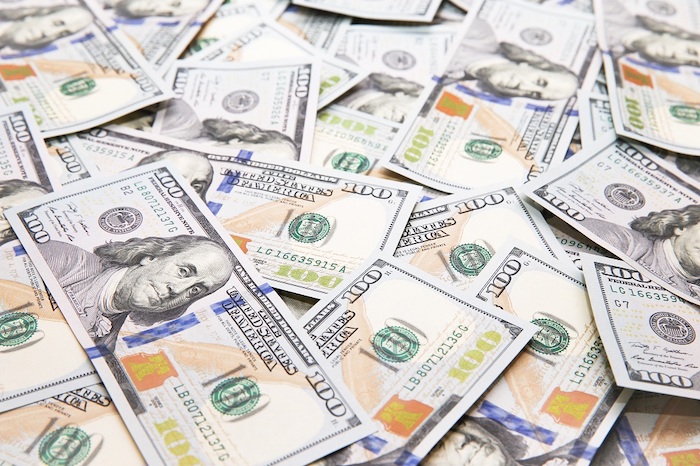Dominant U.S. dollar causes mixed feelings amongst Latin American exporters

As the world’s most important currency, the U.S. dollar has seen its value strengthen this year while Latin American currencies have been devalued, causing mixed feelings for exporters.
The rise in the value of the dollar comes as a result of a mixture of internal and external factors, as Chilean economist Gustavo Díaz points out.
Outside of Chile, “the conflict in the East and its impacts on the price of food and energy generate more global uncertainty and as a response to this uncertainty, investors take refuge in strong currencies, causing a rise in exchange rates,” he said.
However, “in Chile [...] the change in the government’s ideology, the drafting of the new constitution, the plebiscite in September [...] provoke more uncertainty on a local level, which contributes to the devaluation of the Chilean peso,” he added.
Amongst Latin American exporters, the increase in the U.S. dollar’s value has caused mixed feelings.
On one hand some argue that returns from exports, when paid in U.S. dollars, are bigger. But, on the other hand, for companies who report their financial status or have high debts in U.S. dollars, the favorable impact on exports is minimal, explains Peru’s ProHass President, Juan Carlos Paredes.
In addition to the devaluation of Latin American currencies, the value of the Euro has also been affected, which, as President of Perú’s ProArándanos Daniel Bustamente mentions, also has a negative impact on exports “as Europe is the main export market for some crops.”
Richard Salazar, who is Executive Director of Ecuador’s Banana Commercialization and Export Association (ACORBANEC), agrees that exports to Europe have become more expensive, which is a concern for exporters.
‘Ecuador does not have the capacity to devalue its currency to face global economic adversity in the same way as its competition (Colombia, Costa Rica, Guatemala)’, said Salazar, adding that with bananas becoming more expensive for consumers due to currency devaluation and inflation, there is a risk that demand for bananas will diminish.
Moreover, financing the industry becomes more difficult when accessing loans abroad means paying higher interest rates.
On July 6th, the U.S. dollar was worth 1.000 Chilean pesos and 4.353 Colombian pesos, an all time high for both countries, with México and Argentina seeing similar patterns.









































